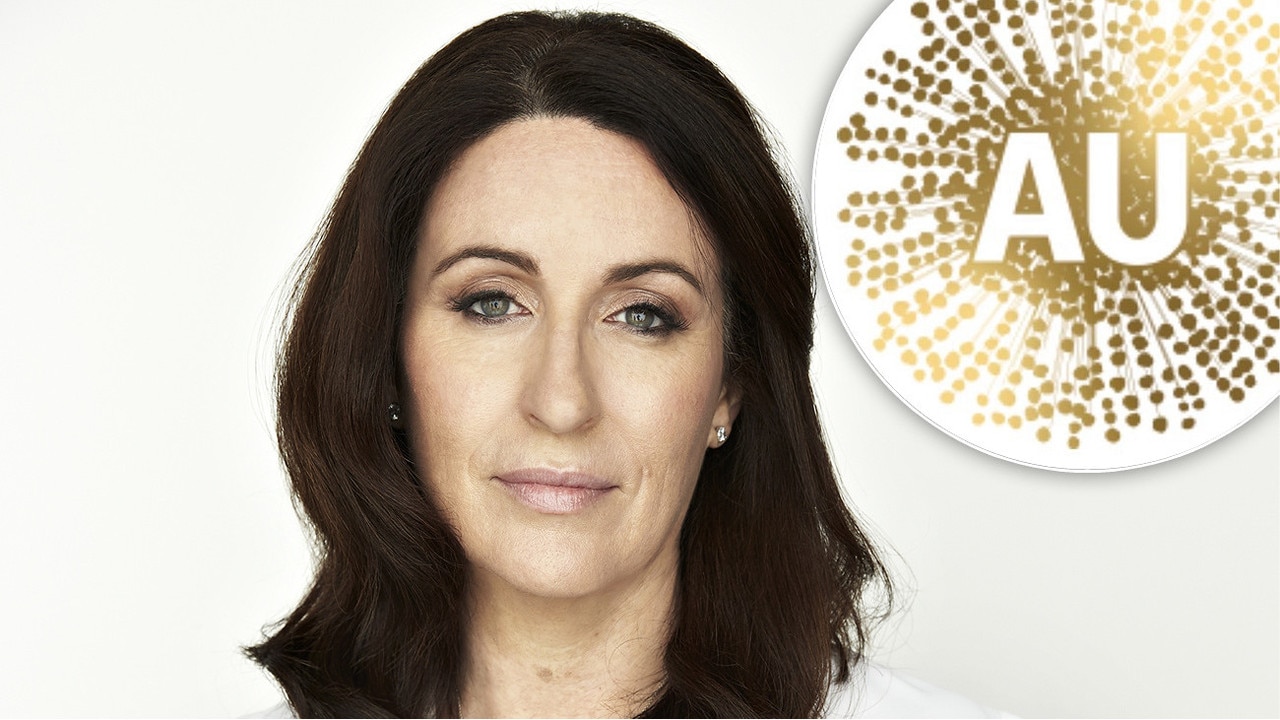You can live forever... through social media
WORDS With Friends kept telling me to give my mate Forro a nudge to make him move. We buried him a week ago, so I knew that wasn’t going to work. But rather than be distressing, that little electronic message was soothing.

Rendezview
Don't miss out on the headlines from Rendezview. Followed categories will be added to My News.
WORDS With Friends kept telling me to give my mate Forro a nudge to make him move. Given we buried him more than a week ago, somehow I don’t think nudging will work.
There’s always a process when someone you care for is diagnosed with a deadly countdown and their time comes too soon.
But the process is changed by social media.
When relatives die, people now find the grieving process includes finding a password to change a Facebook status. Often, when people die unexpectedly, we pause to remark on the insignificance of their last words on social media as if we expected more of that last tweet than the inanity of all of the tweets that had come before.
When I heard the news of Forro’s diagnosis, he sent me a message in our Word With Friends game asking me to let him win. Nah, I said to a man who had lost his business and home in the GFC and now realised he wouldn’t see his kids grow up. He would have to do better than that if he wanted me to feel sorry for him. I couldn’t do anything to help a man who had just been told he was going to die too soon, but at least for a moment I made him smile — just before I took advantage of a triple word.
As I continue to process that the giant of a man I knew faded away to nothing in just a few months, I’m also thinking about how social media becomes part of the way we deal with tragedy.
Greg “Forro” Forrester, my cousin’s husband, had hereditary ALS or motor neurone disease that most of us think of in relation to the Ice Bucket Challenge that spread around social media in 2014 raising more than $100 million. Forro was a victim of the disease that killed one of his brothers and the father he never knew.

Forro, sadly, is a statistic in a disease that, as yet, has no cure. There are many ways to look at the impact of motor neurone disease. It costs our country $2.37 billion a year. It affects one in 11,434 Australians. It means a person I love will now raise her children without her husband by her side.
Like many people given a terminal diagnosis, Forro had hope and he had a plan — try to stay alive long enough for one of those promising trials we often hear about to turn into a viable treatment.
But there are other things people can do too when facing a terminal diagnosis, and that’s where social media is a tool in the fight.
Friends set up the Fighting For Forro page on Go Fund Me. If you ever feel a little sorry for yourself about the crap day you’ve had, go to Go Fund Me and see one case after another of people turning to crowd-funding in their efforts to keep a loved one alive another day or make their final days a little bit easier.
And behind those social media campaigns are people who care. Like the friends of Forro from the small Gold Coast community of Currumbin Valley who helped raise nearly $40,000 for one of their own, and the friend who swapped houses with Forro and his family so that he could be more comfortable in a home with wheelchair access.
I keep going back to Go Fund Me because seeing the generosity of people makes me feel better about the world.
And now my Words With Friends app has changed. After days of not moving, it resigned Forro from our game and suggested I challenge him to a rematch.
That’s an idea I like. A friend has gone but in the virtual world in which we now live I still have the option of him still being out there.
rod.chester@news.com.au
Rod Chester is the National Technology Writer for News Corp Australia


